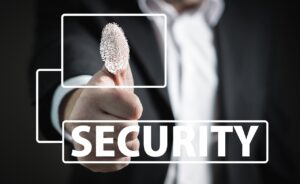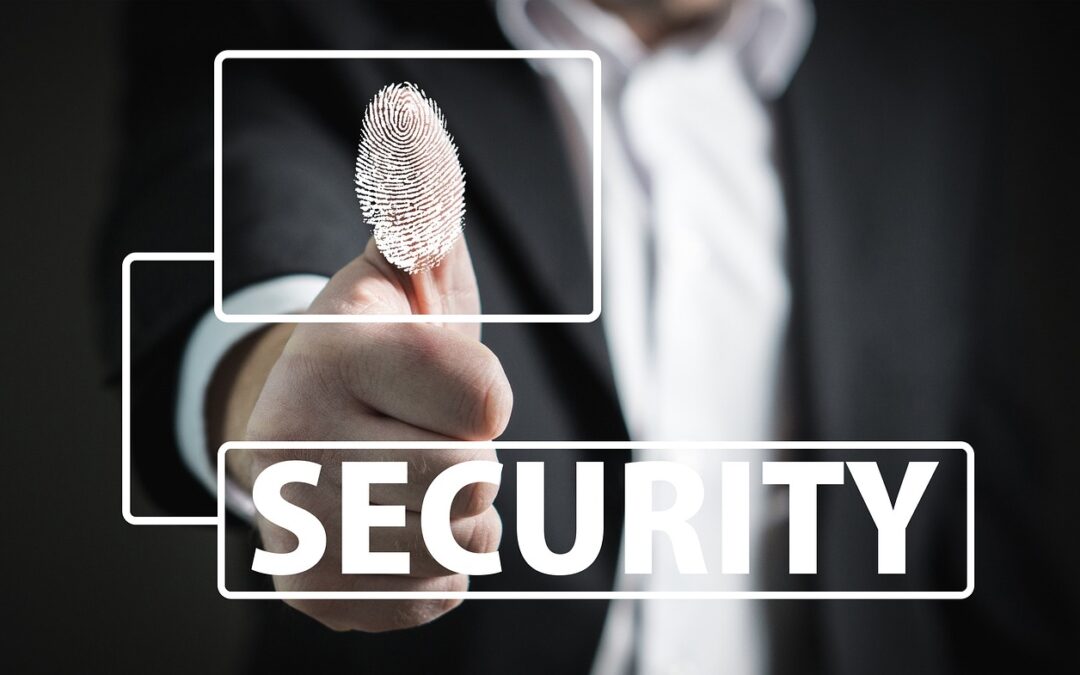 In a world where data breaches and cyberattacks are increasing, reaching over 422 million victims in 2022 – up 128 million victims from 2021, protecting our online accounts and sensitive information is more important than ever before. Passwords alone are no longer sufficient to keep our digital lives secure. This is where multi-factor authentication (MFA) steps in as a crucial layer of defense.
In a world where data breaches and cyberattacks are increasing, reaching over 422 million victims in 2022 – up 128 million victims from 2021, protecting our online accounts and sensitive information is more important than ever before. Passwords alone are no longer sufficient to keep our digital lives secure. This is where multi-factor authentication (MFA) steps in as a crucial layer of defense.
MFA Authentication Factors
MFA involves using two different factors to better secure your data. The factors include:
- Something you know – this is usually a password or PIN. It’s the most common form of authentication and represents something only the user should know.
- Something you have – this can be a physical device, such as a smartphone, a security token, or a smart card. The user needs to possess this physical item to authenticate.
- Something you are – this factor relies on biometric data, such as fingerprint scans, retina scans, or facial recognition. It represents a unique physical characteristic of the user.
Why Use MFA?
- Enhanced Security – MFA significantly improves security by adding an extra layer of authentication beyond just a password. Even if an attacker manages to obtain or guess your password, they would still need the additional factor to gain access.
- Reduced Risk of Unauthorized Access – with MFA in place, the likelihood of unauthorized access to your accounts or systems is greatly reduced, protecting sensitive information and data.
- Password-Related Risks – weak passwords, password reuse, and password breaches are common security risks. MFA helps mitigate these risks by requiring additional authentication factors.
- Compliance Requirements – many industry regulations and security standards, such as GDPR, HIPAA, and PCI DSS, require the use of MFA as a security best practice.
- Cybersecurity Insurance – if pursuing (and if you are not, you should be) cybersecurity insurance coverage, this typically is the first requirement that needs to be met.
- Protection Against Phishing – MFA can protect against phishing attacks, as even if a user unknowingly provides their password to a phishing website or attacker, the additional factor is still required to access the account.
- Mobile Device Management – for organizations, MFA can be integrated with mobile device management (MDM) solutions to ensure that only authorized and properly managed devices can access corporate resources.
- Business Continuity – MFA can prevent unauthorized access to critical systems and data, helping ensure business continuity and preventing data breaches.
- User Awareness – MFA promotes security awareness among users, encouraging them to take their online security seriously.
In summary, MFA is a crucial security practice that adds an extra layer of protection to your accounts and systems by requiring users to provide multiple authentication factors. Today, its use is essential to safeguard against various security threats and protect sensitive information. To learn more about MFA or to confirm if your company is using MFA, please contact our IT Service Delivery Manager, Simon Jakubczak.

